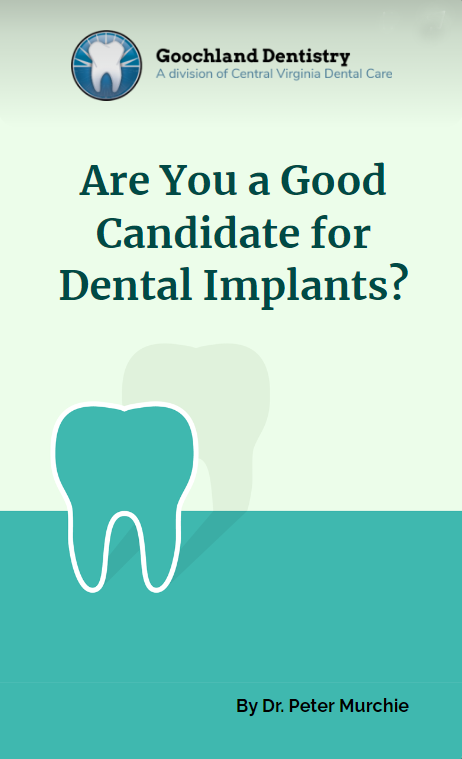
19
Aug
Dental Filling vs Sealant vs Bonding

If your teeth have been damaged, you’re probably seeing a lot of different treatment options. Generally, these are going to boil down to one of three things: fillings, sealants, or bonding. Unless you’re a dental treatment veteran, this can get confusing. What does it matter whether you get a filling or a sealant?
The answer is that it depends on the type of tooth damage, as well as your plans for the future. The more damaged the tooth, the more necessary it may be to have a filling. Conversely, minor cosmetic damage can often be fixed with bonding. Let’s take a closer look at each of these treatments, and see how they work in real life.
Dental Fillings
Dental fillings are a last-ditch effort to save a tooth that has already experienced significant decay. Once tooth decay has penetrated the tooth’s tough outer enamel, it needs to be drilled out. The reason for this is that the inside of every tooth consists of a soft pulp. When this pulp gets infected, it can create an abscess, which is a puss-filled sac that can cause serious complications. It can even lead to infections of the jaw, which can ultimately become life-threatening.
A filling is generally used to repair shallower cavities. It’s the simplest, most affordable option for treating a cavity, and also repairs the damage from tooth decay. If you wait too long to get a filling, a more invasive treatment, such as a root canal or a crown, may be necessary.
Because of their medical as well as cosmetic nature, fillings are designed to be long-lasting. They can last from as little as a few years to as long as several decades. Much of this depends on oral hygiene. The cleaner your teeth, the less likely the filling is to become undermined by a new cavity.
Older dental fillings were made of mercury, silver, tin, copper, and zinc. However, as the medical dangers of mercury became known, manufacturers have shifted to gold, silver, porcelain, even plastic, and composite resin.
Most modern fillings are designed to look like the tooth itself. These filling materials can restore a tooth’s initial appearance, serving as a cosmetic as well as a purely dental repair. Other fillings are made of metal. While these fillings are fully functional, they can be difficult to conceal, and are generally not the preferred option in a modern dental setting.
Porcelain is the preferred material for fillings under most conditions, because it most closely matches tooth enamel. However, other materials may be needed under certain circumstances.
Dental Sealants
A dental sealant is designed as a preventative measure, in preparation for a permanent solution. While a filling is designed to last for years, a sealant is designed to last for a year at the longest. That said, there are a few situations where a dental sealant can be useful.
The first is if you’re an adult awaiting more comprehensive dental work. In this case, a sealant is a short-term solution that will keep your teeth from decaying for the time being.
The main application, though, is for pediatric use. It’s normal for children to develop crevices in molars and premolars. These are baby teeth, and they’re going to fall out soon, but they still need to last for a few years. And the crevices are hard to clean, creating a safe haven for decay-causing bacteria. A sealant can block out these areas, preventing decay so your child’s teeth can be replaced naturally.
Much like braces, sealants also come with some restrictions. If a child grinds their teeth at night, for instance, the sealant finish can quickly get worn down. Sticky and chewy foods can even pull the sealant out altogether. On the other hand, sealants are relatively easy to apply. They come as liquid plastics and flow into any crevices or gaps inside a tooth. The dentist then sets the plastic with ultraviolet light, locking it into place.
Schedule Now
Dental Bonding
As we’ve seen, dental fillings are both a medical and cosmetic solution, while sealants are purely medical. Dental bonding, like a filling, performs both purposes. It prevents tooth decay, while improving the tooth’s aesthetic appearance. Cosmetic bonding is often performed in the event of a chipped tooth, or if a tooth is slightly misshapen or misaligned. In this case, a dentist can apply a resin, or “bond”, to enhance the existing tooth.
Dental bonding involves applying a resin directly to the tooth. When this material dries, it adheres to the tooth, between gaps, or inside holes. This makes it suitable for repairing many types of tooth damage. Not only that, but dental bonding can also be used to whiten teeth. A brighter veneer can be bonded over existing teeth, creating a truly pearly white appearance. This can often be significantly more affordable than applying comparable porcelain veneers. Because it’s a relatively simple procedure, it’s also popular for pediatric use.
There are no significant risks to dental bonding. However, it’s important to keep in mind that composite resin is not as tough as natural tooth enamel. Under certain conditions, the resin can chip, or even separate from the original tooth. That said, the risks are relatively minimal, about the same as they are with a filling, a crown, or a veneer. Resins are also not as stain-resistant as natural tooth enamel. This can become an issue if you smoke tobacco, or if you drink a lot of coffee.
Conclusion
Needless to say, having any of these procedures done requires a dentist. By making an appointment, you’ll be one step closer to achieving better dental health. You and your dentist can work together to come up with a treatment plan that’s right for you, whether that means a filling, a sealant, or a bonding.
Goochland Dentistry is dedicated to serving patients throughout central Virginia. You can contact them online via their easy-to-use web form, or call them at (804) 206 9455 to set up an appointment.








